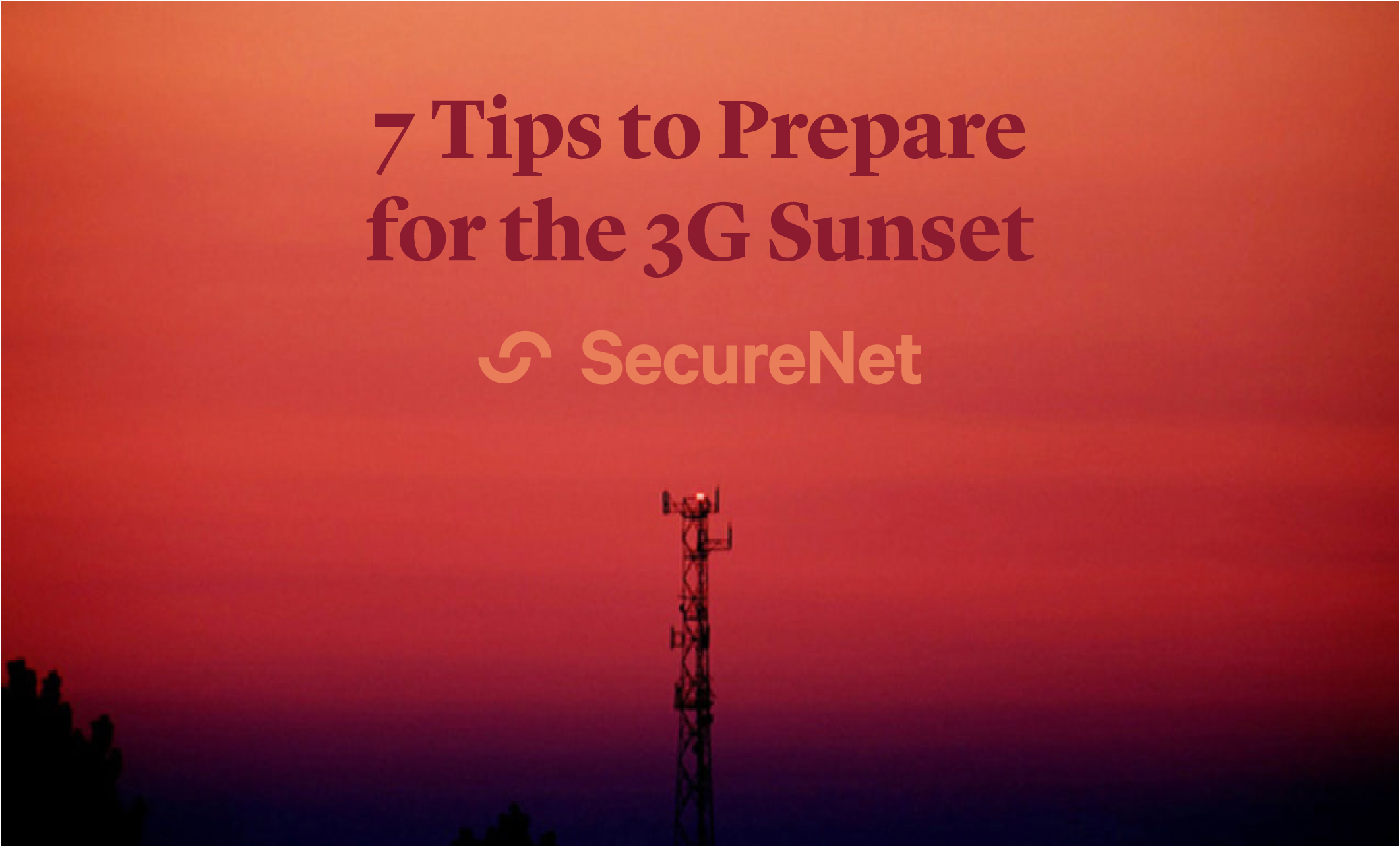As you know, major networks in the U.S. and around the world are beginning to sunset their 3G/CDMA/GSM networks in favor of 4G LTE technologies. A shutdown of these networks is already in process, and depending on the carrier, is likely to be prolific in 2022. To avoid major business disruptions and unhappy customers, security integrators need to start preparing now for the transition of devices with security monitoring services.
The Challenge
This sunset is a much bigger problem than the previous 2G sunset; there are significantly more 3G radios installed than there were 2G radios during the 2016 shutdown. Companies with security offerings have many challenges to consider with the 3G/CDMA/GSM sunset including:
- Operational Planning
- Finding a labor resource for installing replacement technology
- Recovering labor and hardware costs for the upgrades
- Opportunity costs
- Potential attrition from customers canceling when contacted about the upgrade
How Integrators Can Prepare
Most home security monitoring systems run on the 3G/CDMA/GSM networks. So, when these older networks are shut down, customers will no longer be able to receive monitoring services – or remotely control security panels. Selecting the right technology and the right partner is critical for a seamless transition, keeping costs down and keeping your customers online. Here are a 7 steps to help your company prepare for the 3G sunset
1. Identify how many accounts are on each carrier’s network, and determine which accounts need radio replacements.
Identifying and organizing your customers according to need will save a ton of logistical time and effort in the long run.
2. Develop a schedule and begin contacting customers to upgrade.
You’ll likely need to contact your customers using a variety of methods, including email, text and phone calls. It’s also important to use this opportunity to help your customers understand the importance of the upgrade through clear and optimistic messaging.
3. Forecast costs and begin purchasing radios/new systems.
Based on your findings in step 1, you’ll have an idea of how many upgrade devices you’ll need. Combine that data with the cost data of your chosen upgrade device and this will allow you to forecast a budget.
4. Hire or outsource technicians who will be assigned to the upgrade.
Depending on the number of customers, you may need to plan additional technicians in order to get the 3G upgrades completed in a timely manner.
5. Purchase necessary equipment and implement training for technicians.
Once you know how many devices you’ll need and how many technicians you’ll need, you can confidently purchase the 3G upgrade devices. You’ll also want to spend time training technicians on how to efficiently and properly install the devices. Investing in good training will save time and energy once the installations begin. This will allow you to more quickly and efficiently get the 3G upgrades completed.
6. Rent or purchase additional vehicles for the truck roll.
Similar to step 4, this will be different according to the size and operation of the integrator. But, once you determine the scope of your needed upgrades, you can use your logistical plan to determine if your vehicles will be a deterrent or bottleneck to efficiency. If so, a cost benefit analysis will help you determined whether or not to rent or purchase additional vehicles.
7. Perform testing on panels and confirm they are still online.
Measure twice, cut once. Be sure your upgrade ecosystem is properly functioning. This will avoid long installation times and customer confusion.
An Opportunity
Ultimately, the 3G upgrade is definitely an inconvenience and expense to security integrators. But, it’s happening, so take the opportunity to make the most of it. Plan and prepare so your customer experience is ELITE. By impressing you customer, they’ll be in a more open state of mind allowing you to upsell to additional products and services.


Recent Comments